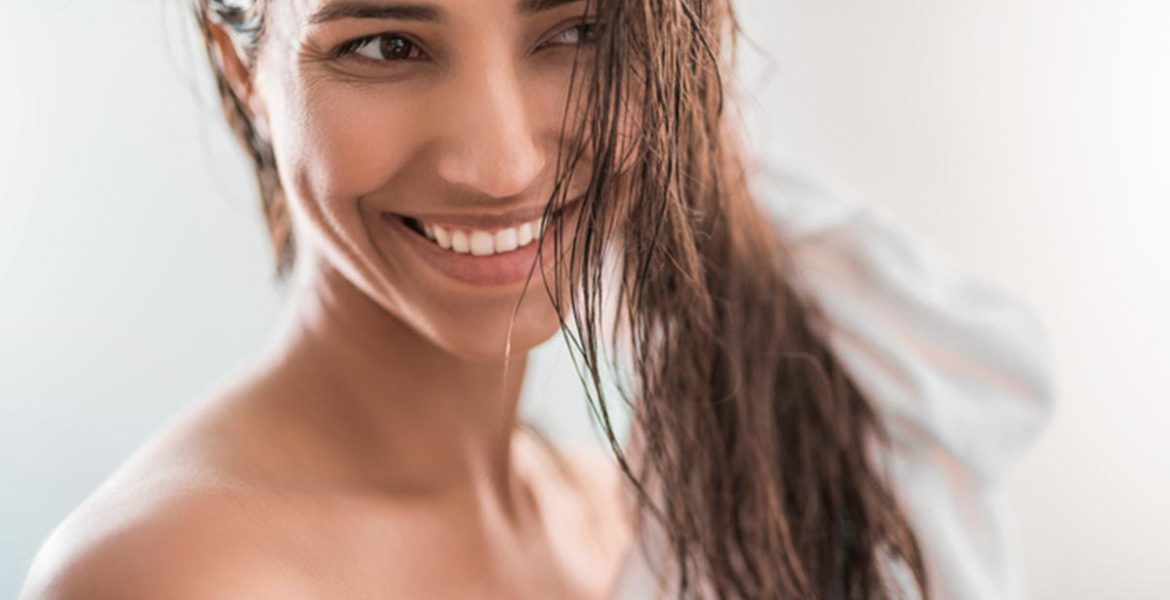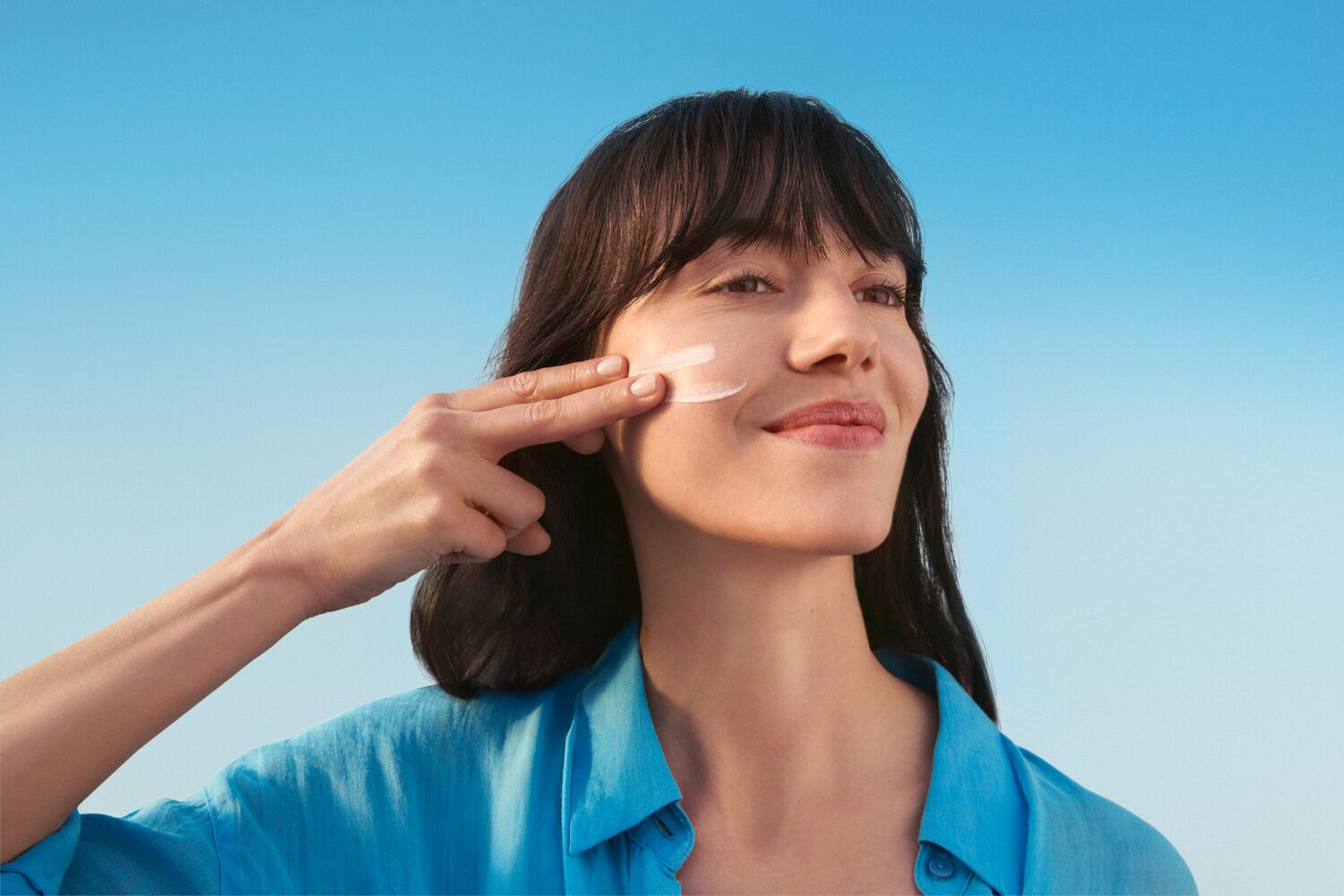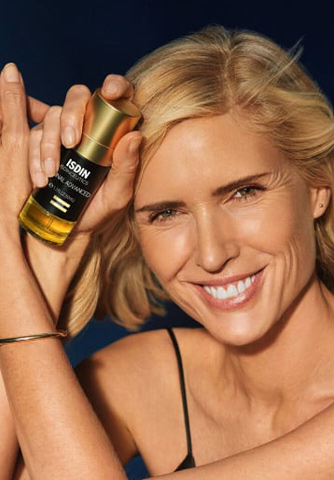If you have long hair, sometimes it can feel like a struggle to keep it looking healthy and strong – and maybe it’s better that we don’t bring up those knots and tangles that go with the territory! When your hair is long, it sometimes needs a more personalized touch to help it look as nourished and revitalized as it should. Looking after long hair doesn’t have to be a chore, though. Let’s break down how you can take care of your long hair and help those beautiful locks to shine!
Table of Contents
1. Let your hair air dry
Waiting for your hair to dry can be tedious even with short hair, so we understand why you might reach for the hair dryer to speed up the process with those long locks. If you have the time, though, it’s best to let your hair dry naturally to help work against the negative effects of heat damage. Using heat can make your hair look frizzy and dry it out.
If you really can’t wait, or you need to be somewhere, then try to let your hair dry naturally most of the way, and finish with a blow dry. Just make sure you’re keeping your hair dryer on its coolest setting, and don’t move the nozzle too close to your hair or concentrate on one specific area for too long.
2. Remember less is more
The less you do to your hair, the better! In addition to letting it dry naturally whenever you can, try and avoid over-styling it or subjecting your hair to regular heat. Curling irons, straighteners, and hot air brushes can damage hair over time, so try to find other ways to get your desired look. Rollers and wave rods can give your hair a boost of volume, waves or curls, while straight hair can be encouraged with hair masks and smoothing products.
If you really can’t be parted with your heated styling products, then invest in a heat protector which will help to minimize damage to your hair.
3. Don’t forget your scalp
Your scalp needs to be healthy, too! Hair care starts at the roots, and problems with your scalp can result in itching, dryness, and dandruff. Not the ideal combination for long, healthy-looking locks!

Be gentle with your scalp – before washing your hair, comb it to get rid of knots and tangles, so you won’t be pulling on the hair and putting stress on the scalp. Massage your shampoo lightly into your hair and scalp, and don’t rub or scrub. Once your hair is dry, use a brush which will be gentle on your scalp and help distribute the natural oils it produces, such as a boar bristle brush with natural fibers.
Last but not least, you should protect your scalp from the sun by using a hat or sunscreen (or even better, use both), as UV rays can damage both the skin on the scalp and the hair itself. If you want to protect your scalp but are worried about sunscreen making your hair look greasy, look for spray formulas or products formulated especially for scalp care.
4. Get the vitamins and minerals your hair needs
For your hair to function and grow properly, vitamins and minerals are key, and your diet can have an effect on your hair’s health. Deficiencies in iron, zinc, and various vitamins can contribute to hair loss, so if you want to keep your hair looking as full and luscious as it should, follow a healthy diet. Speak to your doctor about supplements if you think you might need to boost your nutrient intake.
5. Avoid hairstyles that put stress on your hair
Whatever your hair length, this is an important tip – if it’s constantly being pulled, strands can snap and fall out. If this pulling and damage continues, the hair follicles can be in turn be damaged too, which may lead to permanent hair loss in some spots. This is called traction alopecia, and anyone who wears their hair in tightly pulled styles can develop it.

Tight ponytails, buns, braids, and cornrows can put a lot of pressure on your hair, so try to loosen it up whenever you can. The American Academy of Dermatology recommend getting cornrows with looser braids, and changing your hairstyle every two to three months to help prevent hair loss.
Read more: what is alopecia?
6. Brush your hair before bed
Hair care is often thought of as a morning routine, but brushing your hair in the evening should be a ritual that helps you relax and wind down – it’s not to be missed! Just like your skin, your hair is up against a lot during the day, as it’s exposed to dirt, pollution, and other stresses like heat damage.
Brushing your hair from root to tip every night will help stop dirt settling in, and will also help to distribute the natural oils produced by your scalp. These natural oils spreading through your hair mean it will look smoother, shinier, and healthier.
7. Look after your hair even as you sleep
As you move around on your pillow at night, your hair can get tangled as a result of the friction on the pillowcase. Some people like to use a silk pillowcase to help counter this, but you could also tie your hair in loose braids for less work with your styling come morning! As tempting as it might be, don’t wear your hair up in a bun or ponytail overnight – the pulling and straining can cause damage as you sleep.

8. Get regular trims
Going to the salon regularly won’t make your hair grow faster, but it does help to get rid of split ends and damaged hair. Don’t ask for a haircut – you only need a trim (unless you want to change up your look, of course). Aim to get your split ends cut off every 4-8 weeks, to help your hair look healthier and keep it in good condition.
There you have it! These hair care tips are designed to be simple, but effective. Adding them to your hair routine shouldn’t be challenging – and once your habits have developed, you’ll find that taking care of your long care doesn’t have to be a chore!
Sources and references:
Lu et al. Profiling the Response of Human Hair Follicles to Ultraviolet Radiation. In Journal of Investigative Dermatology (2009); Vol. 129, Issue 7, Pages 1790-1804.
Guo, E., Katta, R. Diet and hair loss: effects of nutrient deficiency and supplement use. In Dermatology Practical & Conceptual (2017); 7(1): 1-10.
https://www.aad.org/hairstyles












